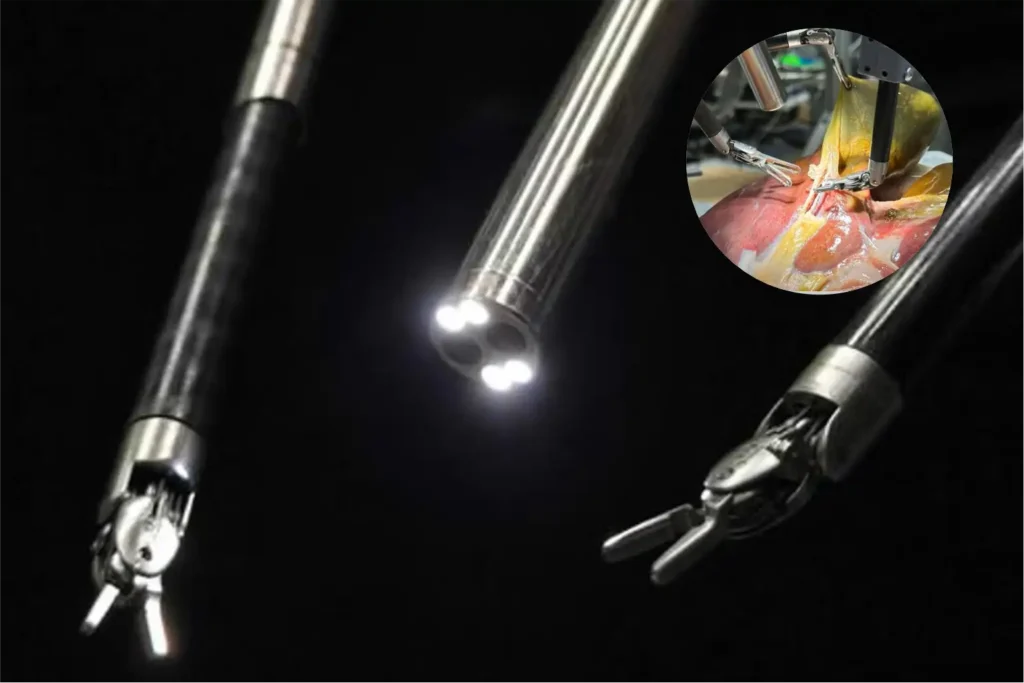
A robot has independently performed a complex surgical task, without any human assistance, for the first time.
Researchers at Johns Hopkins University revealed that the AI-powered robot, named Surgical Robot Transformer-Hierarchy (SRT-H), successfully completed a key phase of a gallbladder removal procedure on a lifelike patient model, responding only to voice commands.
What sets SRT-H apart is its autonomous decision-making ability during the procedure, even in unpredictable situations that mimic real medical emergencies. “This marks a crucial leap from robots executing simple tasks to those understanding full surgical procedures,” said Dr. Axel Krieger, lead researcher and medical roboticist at Johns Hopkins. “We are now significantly closer to autonomous systems that can operate in real-world clinical settings.”
Also Read | AI tool helps couple conceive after 18 years of infertility struggle
Trained using language-guided imitation learning, SRT-H watched videos of expert surgeons performing gallbladder surgeries on pig cadavers. These videos were captioned to help the AI learn not just what to do, but to understand the why and how. The robot then performed 17-minute-long surgical tasks, such as identifying ducts and arteries, placing clips, and making incisions. It demonstrated 100% task accuracy, despite anatomical variations and disruptions like changes in visual appearance or its starting position.
This isn’t Johns Hopkins’ first foray into robotic surgery. In 2022, a robot developed by Krieger’s team completed a laparoscopic surgery on a live pig. However, that earlier version relied on rigid plans and a controlled setup. SRT-H, powered by the same machine, tackled real-world variability, an essential breakthrough for clinical viability.
Though it took longer than a human surgeon to complete the tasks, the robot’s performance was on par in quality. Researchers now aim to expand its use to complete surgeries and other procedures across varied specialities.
“This work removes some of the biggest barriers in deploying autonomous surgical robots,” said Dr. Ji Woong “Brian” Kim, a former Johns Hopkins researcher now at Stanford University. “What once felt like science fiction is now demonstrably possible.”
The project was supported by ARPA-H, the National Institutes of Health, and the National Science Foundation and was published in Science Robotics.








